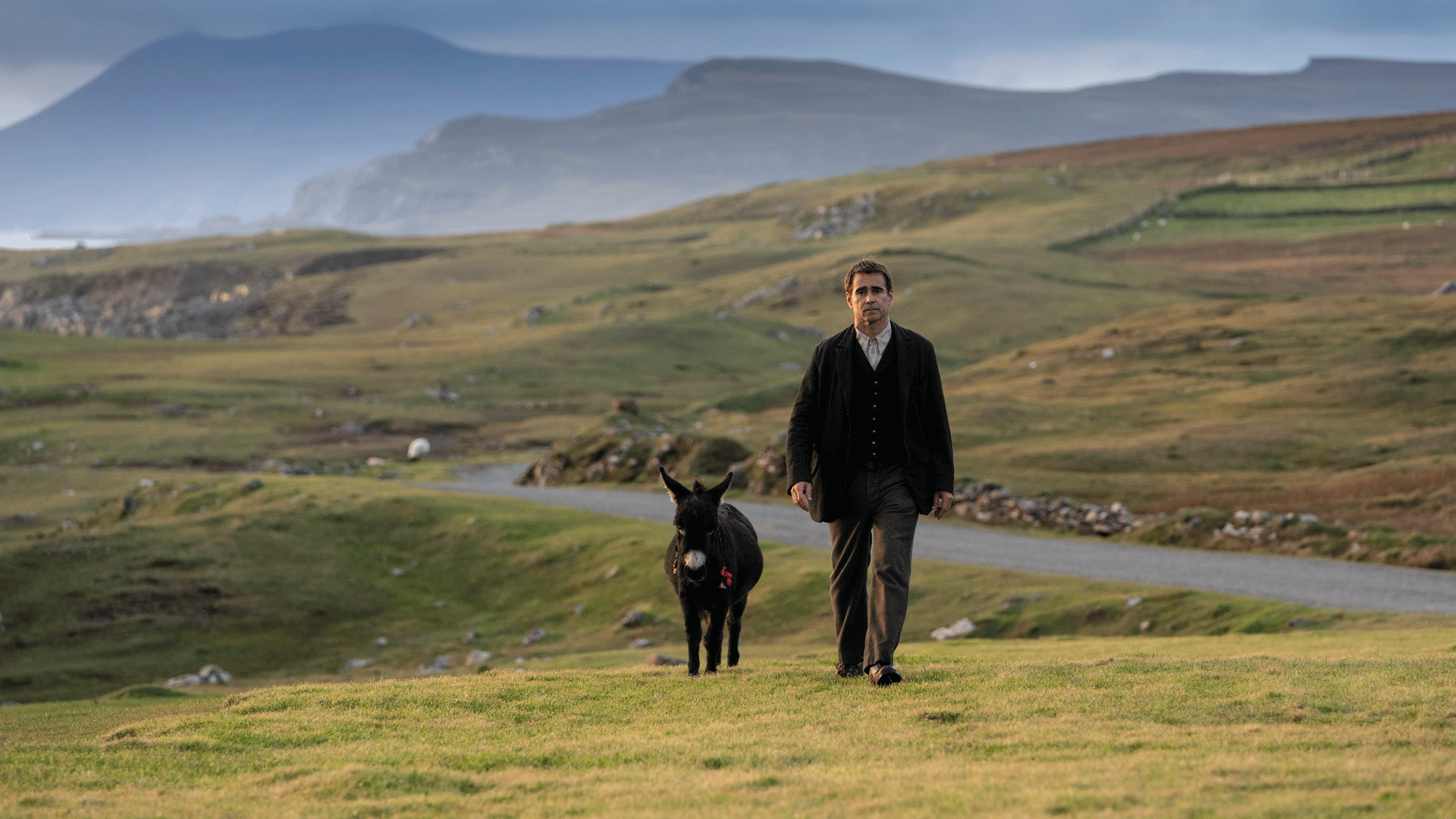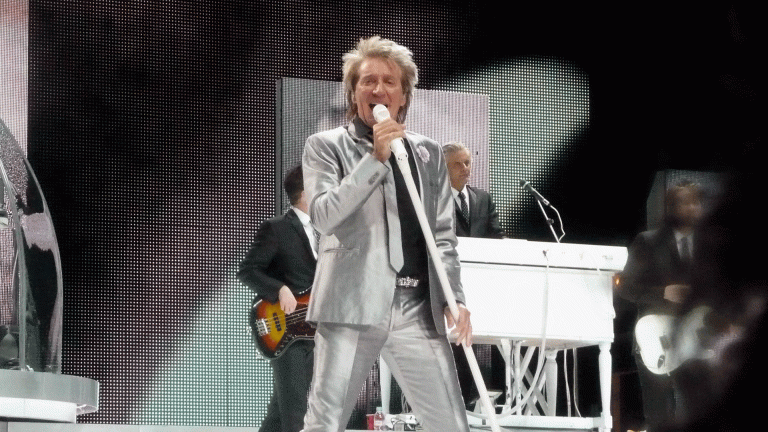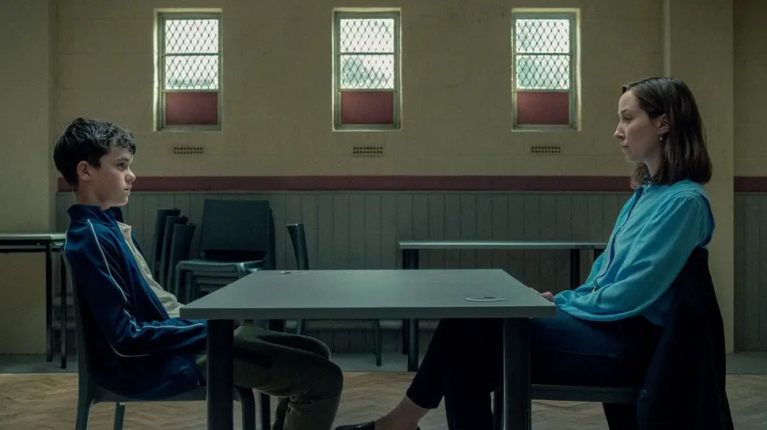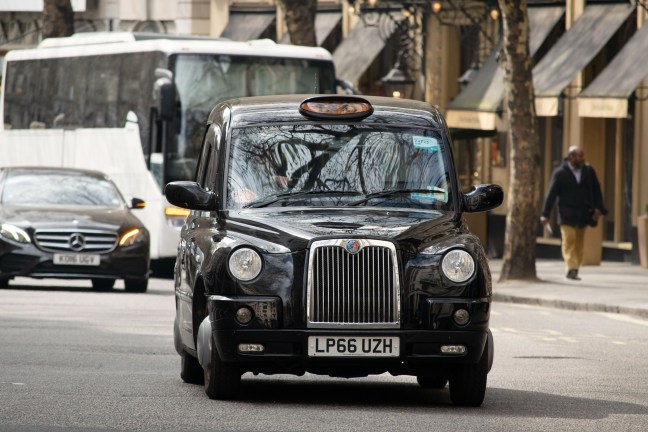Finally, I watched The Banshees of Inisherin. Somebody who knows what they are talking about told me it was the most Irish film they’d seen in years, maybe ever. They weren’t clear if that was meant as a positive or negative.
It is Irish, very Irish, from the title all the way through. It’s set in a fictionalised west coast of Ireland island in spring 1923. The Irish Civil War, coming to its conclusion, is present, but only as light and fury over on the mainland.
You may know something of the plot. The film has been in cinemas for a while. Essentially, it’s the story of the fracturing of a friendship. Colm (Brendan Gleeson) decides he doesn’t want to speak to his oldest friend Pádraic (Colin Farrell) any more. And that’s that. It feels like a very small thing, and it is, but within it there is everything.
Colm is wrestling with mortality. A musician, he wants to create something that remains when he is gone. Art is the thing that matters, he believes. Pádraic thinks being ‘nice’, being good in life is the key. Between these monolithic totems is where we sit.
In this insular, claustrophobic place the components of Irish identity are played out. There is the nastiness of patriarchal state authority, frequently in league with a distant, unpleasant and self-serving church.
The idea that a small thing can rip delicate social cohesion and lead to unstoppable, and quite unfathomable self-harm is there too. As is a bleak, dark Beckett-like fatalistic humour. While the shadow of internal war and of unbridgeable differences are there, these are not uniquely Irish concerns.











